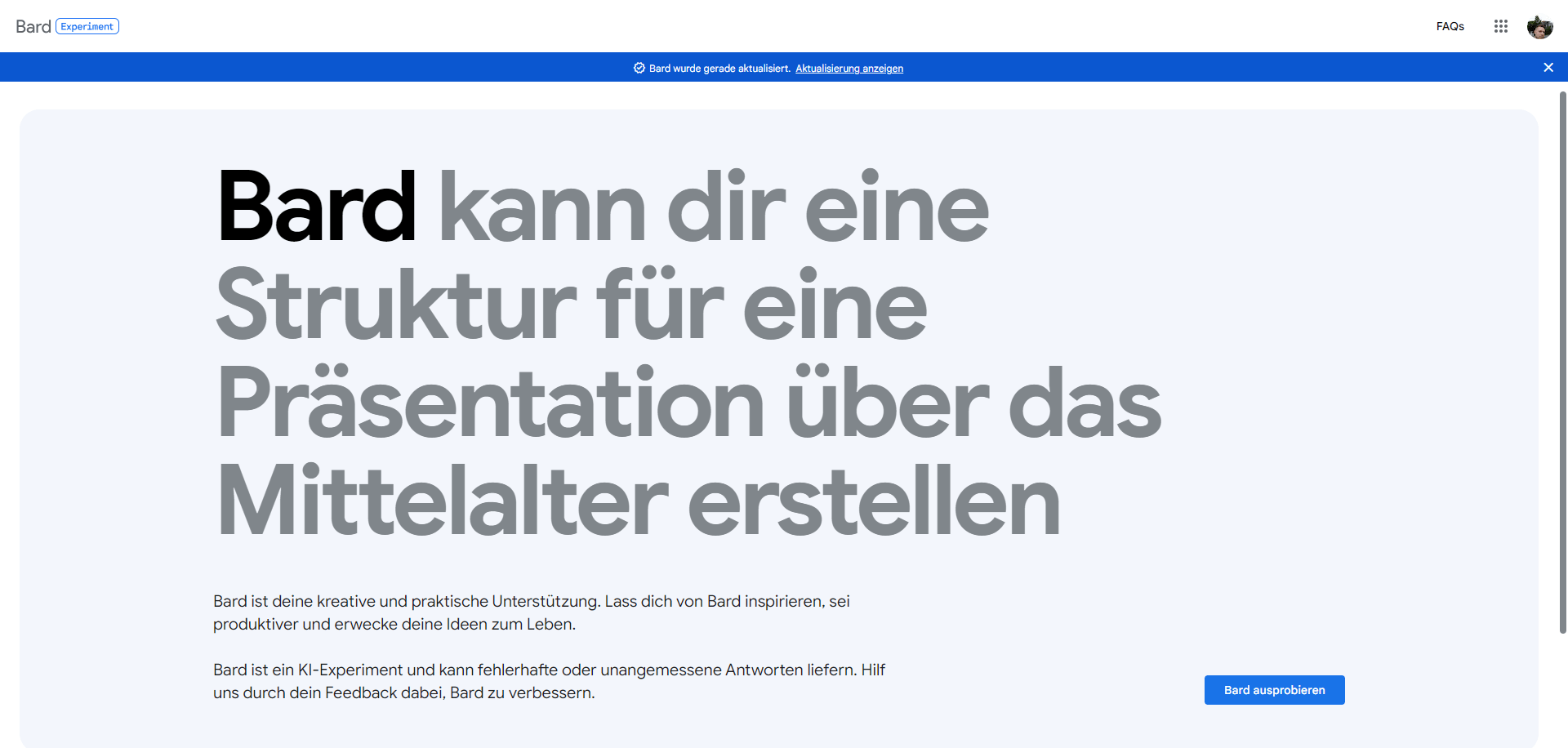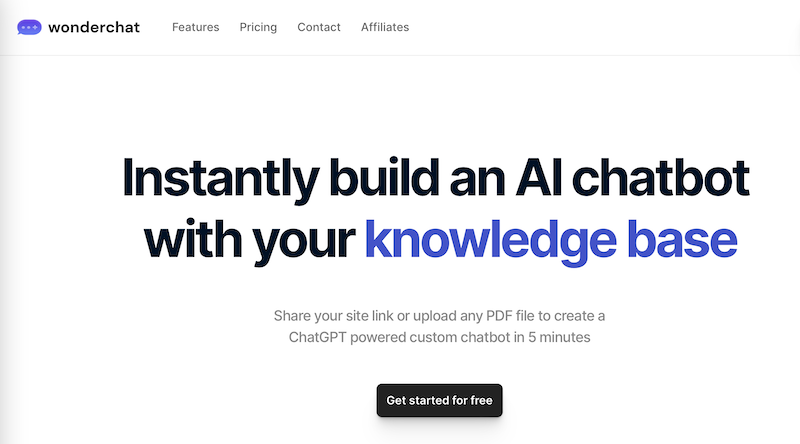Google has added several new features to its AI chatbot Bard, including the ability for Bard to play back its responses and respond to queries with images. The chatbot is now available in many parts of the world, including the EU.

Here’s what Google’s chatbot Bard can do
Bard is a large language model, also known as Conversational AI or Chatbot, which is trained to be informative and comprehensive. It has been trained with a huge amount of text data and is able to communicate in response to a variety of input prompts and questions and produce human-like text. Some of Bard’s special capabilities include generating text, translating languages, writing various types of creative content, and answering questions informatively. The output can vary from creative text formats such as poems to emails, letter, music pieces, codes and even scripts, showing the enormously wide range of Bard. According to his own statements, Bard does not seem to have a problem with hallucinations:

Key Facts:
- Name: Google Bard
- Manufacturer: Google AI
- detailed Information: An overview of Bard (available in English)
- Special Features: Bard has been trained on a much larger dataset compared to ChatGPT mi and thus has a broader knowledge and range of capabilities. For example, it can summarize factual topics in more detail and generate more creative text formats. And it has direct access to Google Search. Thus, up-to-date information can be retrieved and incorporated into all responses. Bard is continuously trained, while ChatGPT receives newer versions each time.
- Potential: Very high, because ChatGPT has already simplified a lot of work in different areas, but mostly without the influence of current data. Bard can combine this.
- Costs: Google Bard can be used for free
Google Bard – the better ChatGPT?

And here is ChatGPT’s response:

General information about Google Bard
In a blog post, Google describes Bard’s spoken responses as a helpful way to ” correct the pronunciation of a word or listen to a poem or text.” The spoken answers can be listened to by typing in a search query and clicking on the sound icon. The spoken answers will be available in more than 40 languages and are available immediately, according to Google.(As of 07/16/2023)
Google first introduced the ability to add images to search queries at its I/O conference in May. In one example, Google suggested that this could be used to ask for help writing a funny caption for a picture of two dogs. Google says the feature is now available in English and will be expanded to other languages “soon.”
Google is also introducing several other new features, including the ability to pin and rename conversations, share replies with friends, and change the tone and style of Bard’s replies.
Google first opened access to Bard in March, but only in the U.S. and U.K. at the time. Since then, the company has expanded the chatbot to many more countries, including “all EEA [European Economic Area] countries and Brazil,” according to Google spokeswoman Jennifer Rodstrom. This expansion into Europe is a notable milestone, as the planned launch of Bard in the EU was postponed due to privacy concerns.
If you want to give Google’s Bard a try, here’s the link: Google Bard
And if you don’t want to miss any more updates, be sure to check back here regularly: Google AI Bard Updates Blog







